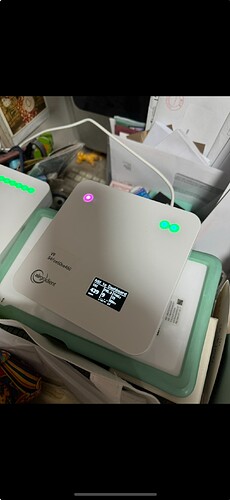Just want to let you know that we have just released a complete rewrite of the Arduino library.
Version 3,0 is available here:
GitHub - airgradienthq/arduino
Please note that it will take a few hours until the Arduino library manager has the update.
Currently this new library supports the following models:
- DIY BASIC
- ONE I-9PSL
- Open Air O-1PST
New features in this release:
- Supports CO2 baseline calibration triggered from AirGradient dashboard
- Picks up other configuration from dashboard, e.g. if country is US, it will automatically display temperature in F
- Better feedback during WiFi connection
- Overall this new library has a much more modular structure and supports both, the ESP8266 and ESP32C3 architectures
Some of the features we plan to implement in the next releases:
- Support for older models
- Set CO2 baseline period
- MQTT support
 And yeah, good idea to update the documentation soon
And yeah, good idea to update the documentation soon 